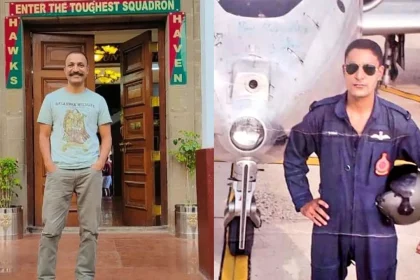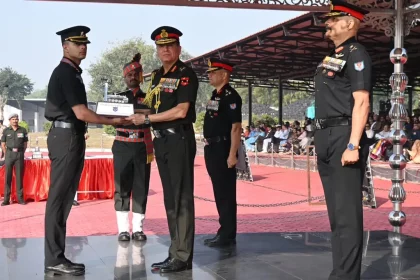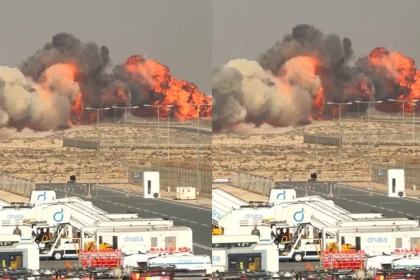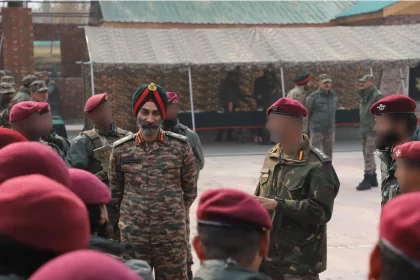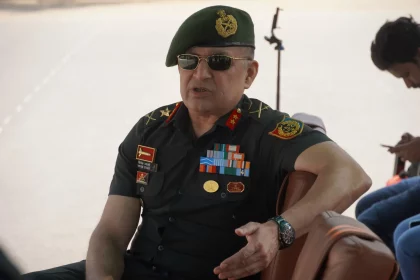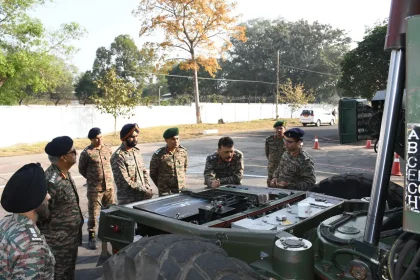India Lost Wing Commander Namansh Syal in Tejas Fighter Jet Crash
The nation mourns the loss of Wing Commander Namansh Syal, whose service exemplifies dedication to India's defense capabilities.
Lt Gen Dhiraj Seth Presides Over Passing Out Parade at CAATS Nashik
Southern Army Commander congratulates graduating aviators and emphasises the future of manned–unmanned teaming in warfare.
Indian Air Force Tejas Fighter Jet Crashes During Dubai Air Show, Resulting in Pilot’s Death
In a statement posted on social media, the IAF expressed condolences to the pilot's family and emphasized the commitment to…
Lt Gen HS Vandra Reviews Operational Preparedness of Russell’s Vipers Assault Teams
COS Sapta Shakti Command praises professionalism, vigilance and high operational standards during Northern Command visit.
Major General Vivek Tyagi Reviews RDC 2026 Preparations
ADG Maharashtra Directorate inspires cadets, praises training standards and reinforces the Directorate’s champion legacy.
Lt Gen Rajiv Kumar Sahni Reviews Innovation-Driven Upgrades at 506 Army Base Workshop, Jabalpur
Legacy to lethal: Indian Army accelerates automation, clean-power repowering and indigenous manufacturing in armament systems.

